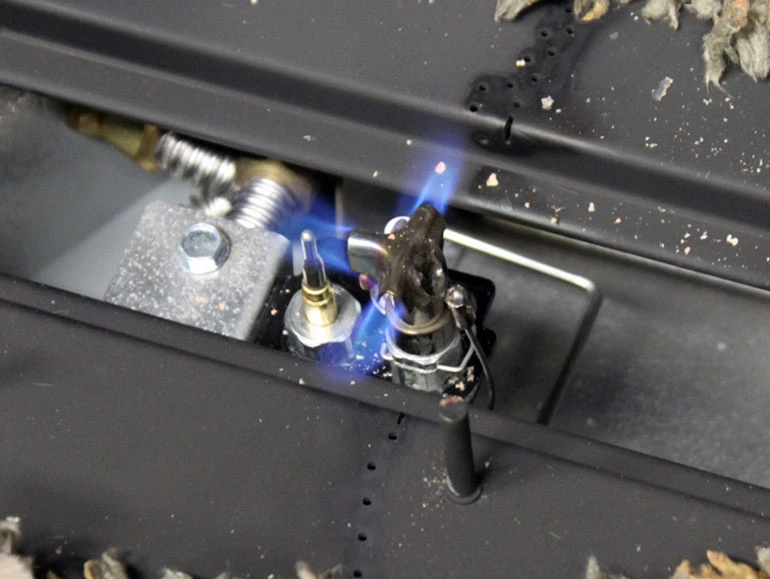Pilot Light Types and Future Use
Fireplaces and hearth appliances have been evolving rapidly in recent years. That being the case, it is time to get an update on where the industry stands on which pilot light systems are in use and the difference between the various types. Knowing the difference in these systems will give you the knowledge to purchase a fireplace or hearth appliance that meets your exact specifications and the features you need.Â
Standing Pilot Technology
These types of pilot lights have been the standard in most heating appliances for decades. Many homeowners are familiar with lighting the pilot light in their gas water heater or a gas furnace in their home. A standing pilot is a simple device that maintains a constant, small flame that is both responsible for lighting the main burner in the appliance and for providing the voltage needed for the gas valve to operate. Once lit, the burner can perform its intended duty, be it heating water or air.


